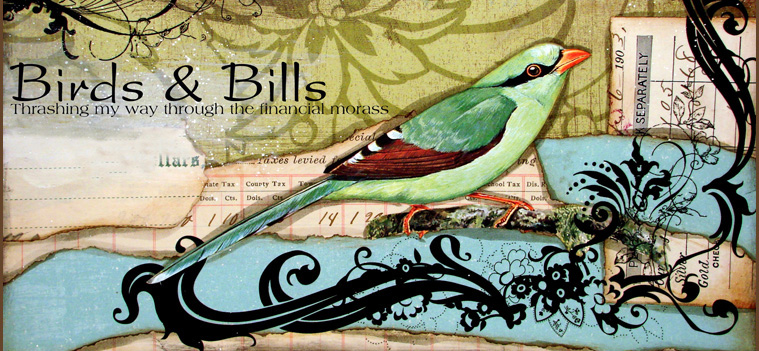If a ruling made yesterday by a federal judge stands, we'll eventually have currency changes even more drastic than those ushered in earlier this year with the colorful bills. U.S. District Judge James Robertson ruled for the plaintiff in American Council of the Blind v. Paulson, Secretary of the Treasury, deciding that American paper currency violates the Rehabilitation Act because bills of different denominations can't be distinguished from each other by the visually impaired.
"Of the more than 180 countries that issue paper currency, only the United States prints bills that are identical in size and color in all their denominations," Robertson wrote. "More than 100 of the other issuers vary their bills in size according to denomination, and every other issuer includes at least some features that help the visually impaired."
The judge ordered officials to begin working on a remedy, but he also structured his decision to speed the inevitable appeal.
It sounds like a radical decision (and, indeed, I see some bloggers are already screaming about activist judging), but it strikes me as a sensible one. Why shouldn't we make bills easier to tell apart? There's no downside to doing so (except, I suppose, the cost of a redesign), and the benefits will be felt even beyond the visually impaired target audience. I've handed over the wrong bills to pay for things (and recieved the wrong bills back in change) when I wasn't paying close attention, and when David moved here from Australia (motto: "Our money is more colorful than a Pink Floyd laser show") the indistinguishability of American bills drove him nuts.
(By the way, thanks for all the kudos and good feedback on my op-ed yesterday. David is back in good health, so all is calm on that front.)

|